What Is Stucco Made Of For Your Colorado Springs, CO Home?
Getting Stucco For Your Colorado Springs, CO
Home? Learn All About What It’s Made Of
Get The Most From Your Stucco Installation
By Understanding This Incredible Material
If you’re planning an exterior makeover, there are a lot of siding materials you can consider. One of the more popular options in Colorado Springs, CO, is stucco.
Even if you think you’ve never seen it, you probably have. It creates a textured surface on the exterior of your home. Many homeowners choose it for its resistance to the weather and wind – a great feature for our El Paso County climate.
But have you ever stopped to wonder what this material is made of? At Peakview Windows, Siding & Stucco, we work with stucco all the time and have the breakdown of this unique material.
Stucco: What It’s Actually Made Of
Traditional stucco is a combination of Portland cement, lime, sand, and water. When these ingredients are mixed together, they form a cement-like material that is spread over the surface of exterior walls.
The problem with this material is that it cracks. A lot.
So, at Peakview Windows, Siding & Stucco, we use acrylic and elastomeric stucco. Acrylic stucco is primarily composed of resins and polymers. Sand is often added in for texture.
Elastomeric stucco is highly resistant to cracking thanks to its physical makeup. It’s made completely of acrylic polymer, which allows it to remain flexible and withstand the harshest weather conditions. With this type of stucco, sand is also often added for texture.
Stucco is typically applied in multiple layers. Overall, it is approximately 1 inch thick. The finished surface can be smooth or textured depending on the application technique.
How Stucco’s Composition Protects Your Home
When applied correctly, stucco is an astoundingly durable siding material. And it will require very little maintenance over the course of its serviceable life. To ensure you get the most from your stucco, you need a professional installation by a skilled team like us at Peakview Windows.
Stucco is well known for its ability to resist fire, rot, mold, and termites. That’s more than can be said for many siding alternatives.
In fact, it’s one of the few siding options that is Wildland Urban Interface (WUI) compliant. In the wake of the LA wildfires, this is something more and more homeowners are considering to protect their families and properties.
If you live in a noisy area, stucco can help reduce the noise disruptions. This outstanding material acts as an effective buffer to help keep outside noise where it belongs – outside.
One final area of protection where stucco excels is in color retention. Many siding options fail to retain their vibrant installation-day colors without a lot of upkeep. Stucco requires very little from you to maintain any added pigments, ensuring your home looks just as good as the day it was first applied.
Can You DIY Your Stucco Installation?
Using stucco sounds pretty easy, right? Well, it’s not that simple.
The first step in any stucco installation is ensuring your mixture is correct. If you’re not familiar with the process, this can be incredibly easy to mess up.
During the application, you’ll need a skilled hand to apply the mixture correctly. Uneven application or not applying enough could end in poor results. Whether it just looks awful or cracks and falls apart, your stucco won’t be anything close to what you expected.
In addition, stucco application requires many professional tools that most homeowners don’t keep around the house. You’ll need to gather these tools before you can begin your installation, potentially sending your project costs through the roof.
So, while a professional stucco service may cost more, you’ll get better results and won’t have to buy a bunch of tools you’ll never use again.
How To Maintain Your New Stucco
Once your stucco installation is complete, you’ll need to maintain it. While stucco is nearly maintenance-free, you’ll still need to perform routine inspections to stay ahead of any damage.
Perform these inspections at least once a year. Look closely for cracks that will allow water to seep behind the stucco, as this can cause severe damage to your walls. Hairline cracks are normal with stucco. However, if you see any that are ⅛” wide or greater, you will want to have them repaired as soon as possible.
Maintain your gutter system so water is safely carried away from your stucco siding. Clean gutters at least twice a year and have them repaired if you notice any leaks.
When watering plants, don’t use a sprinkler or hose around the stucco. Instead, use a drip irrigation system. In addition, don’t hang planters against the stucco.
Keep the soil below the stucco line when landscaping. Stucco is extremely porous and can absorb water very easily just by touching the soil.
Get Your Stucco Installation From
The El Paso County Pros
At Peakview Windows, Siding & Stucco , we’ve served our customers with premium products and services for over 30 years. Our goal is to deliver an exceptional experience on every project, no exceptions.
So, if you’re ready for a stucco installation on your Colorado Springs, CO home, contact us today for a consultation.
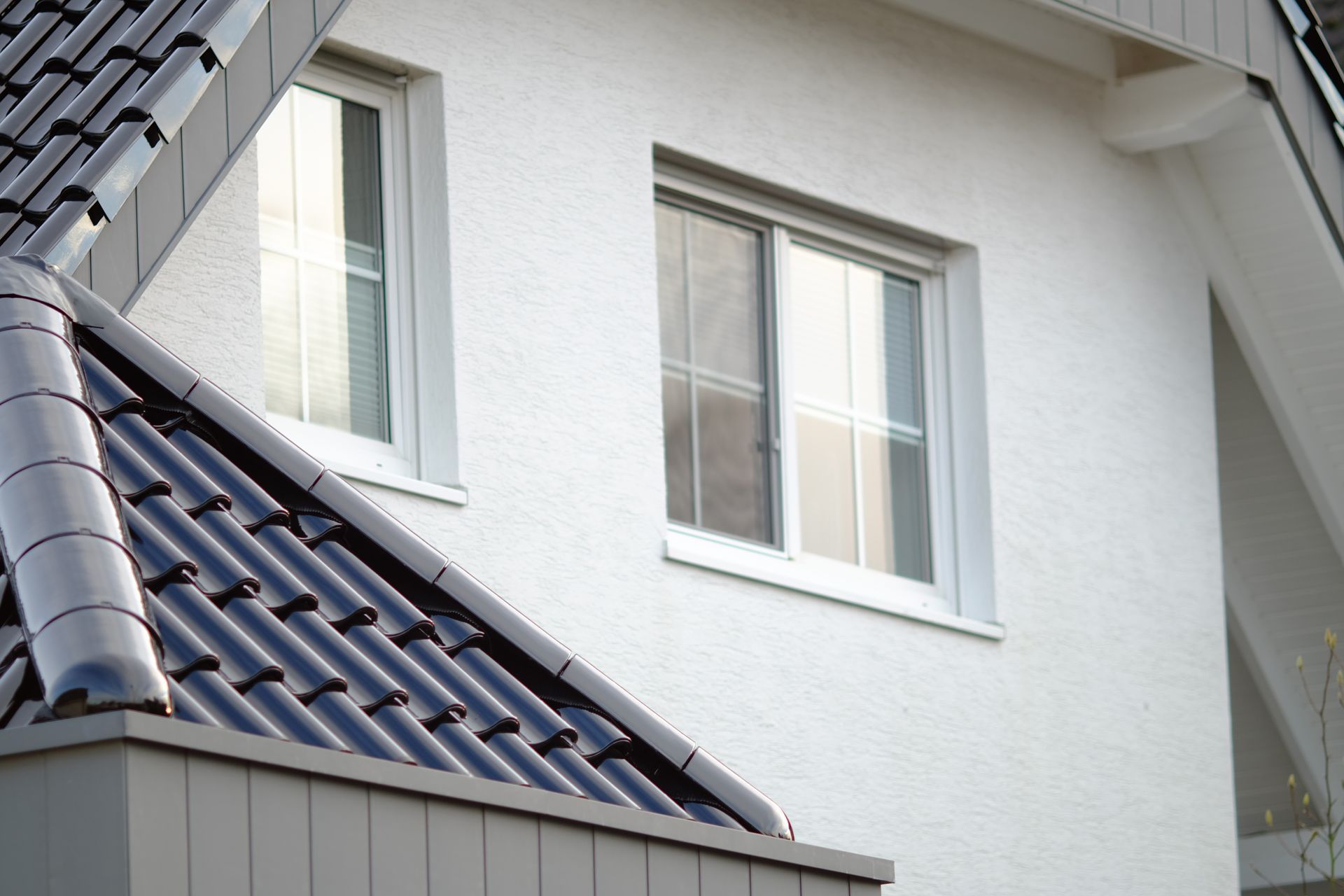
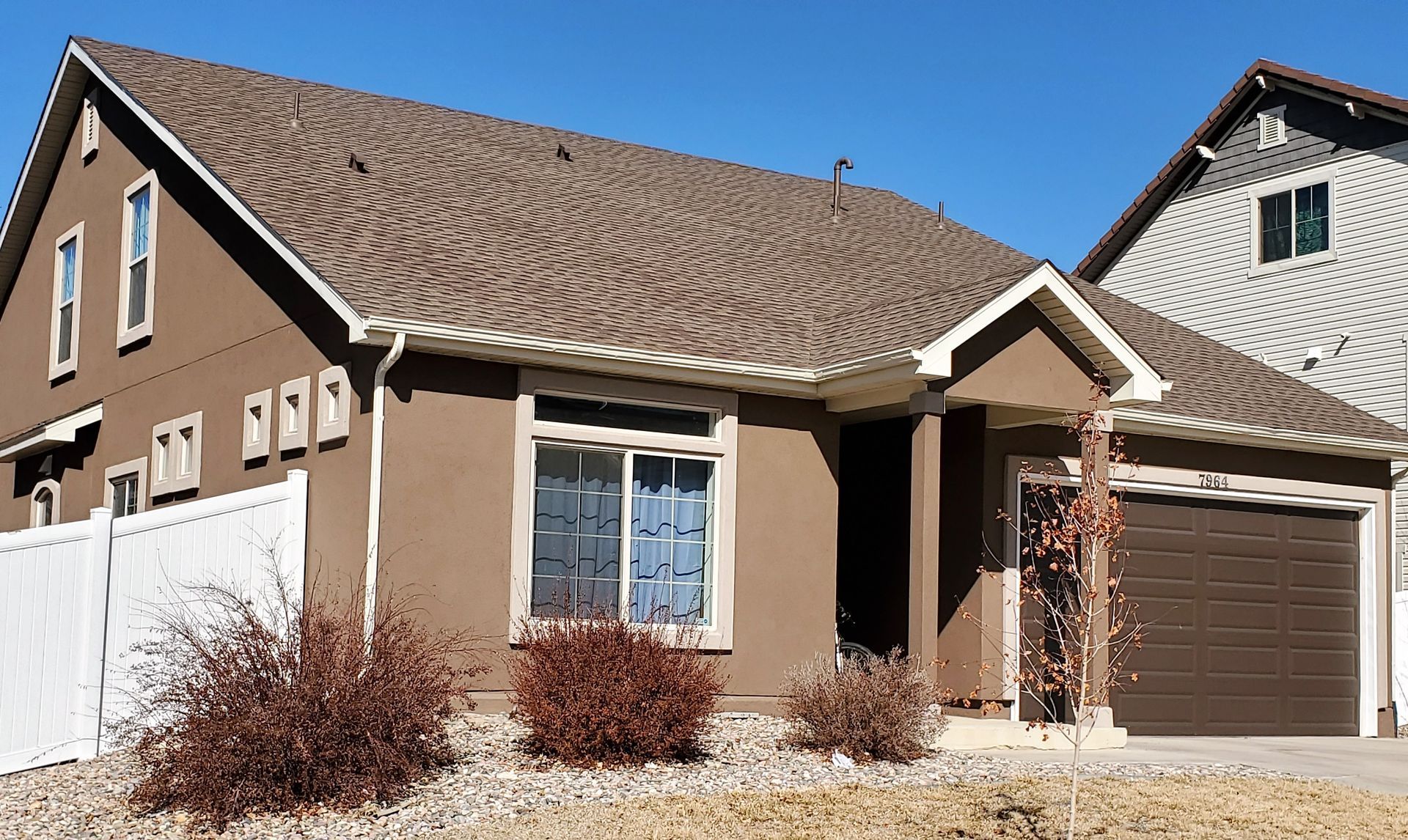
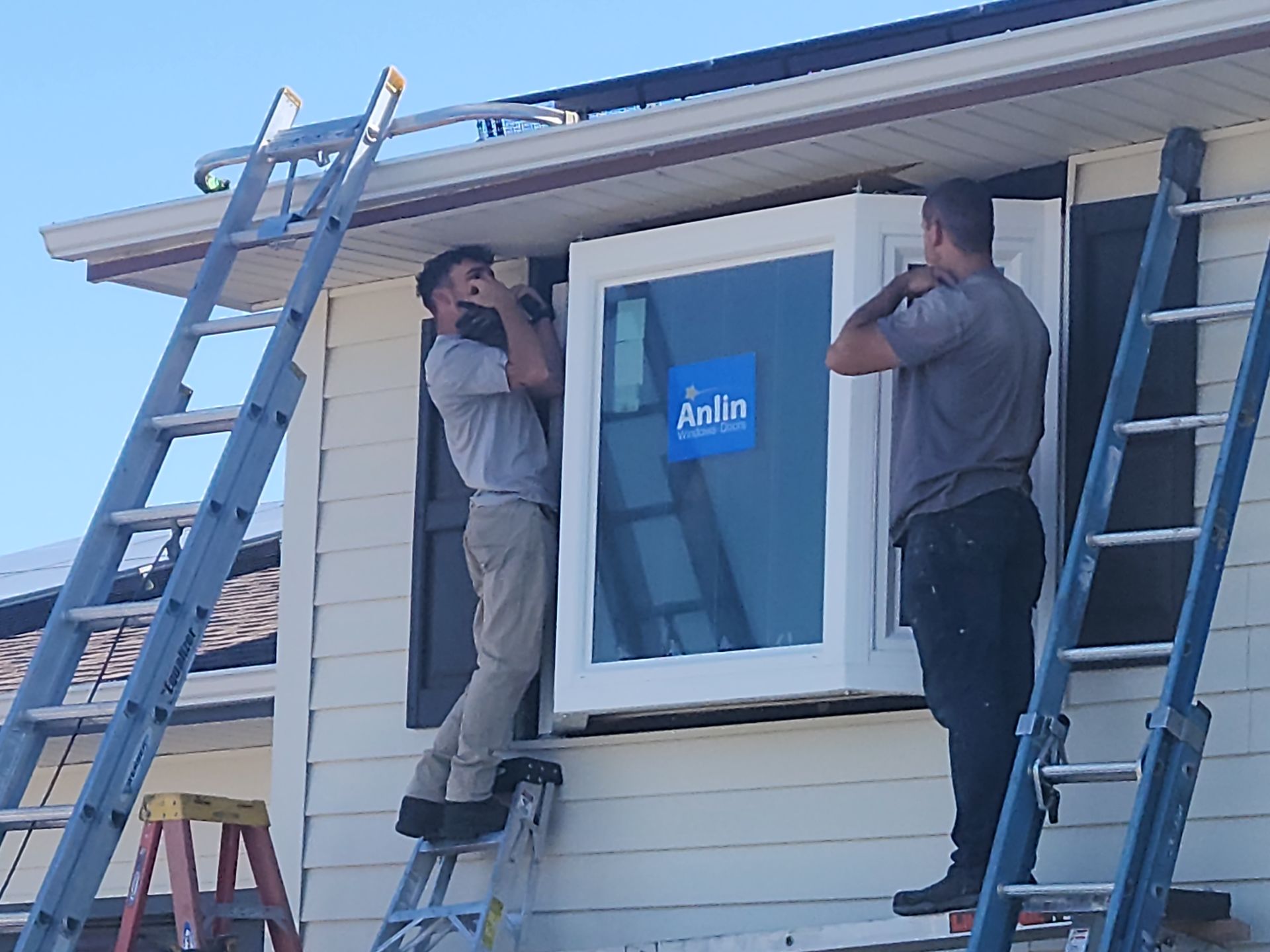

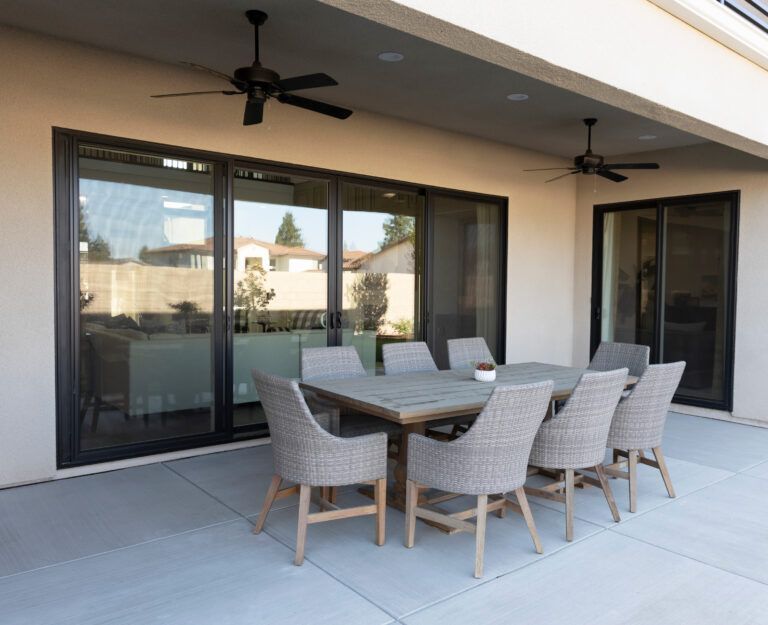


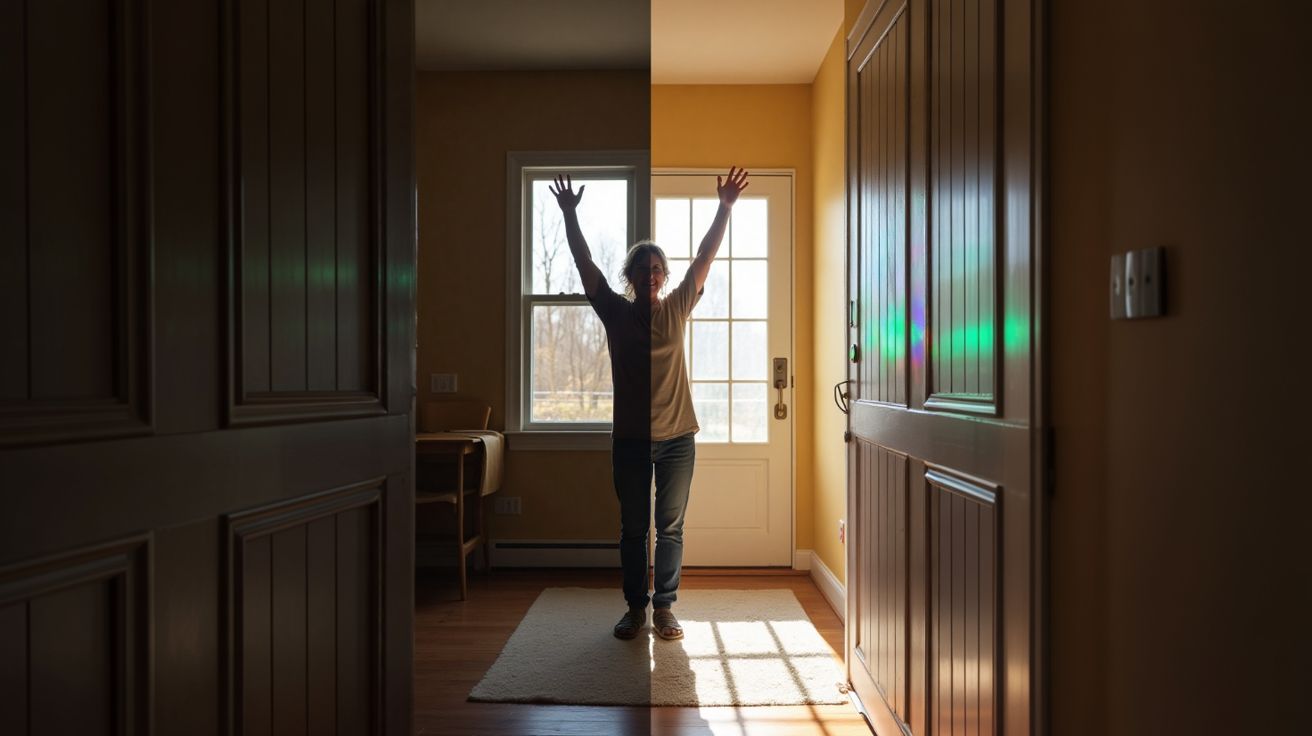
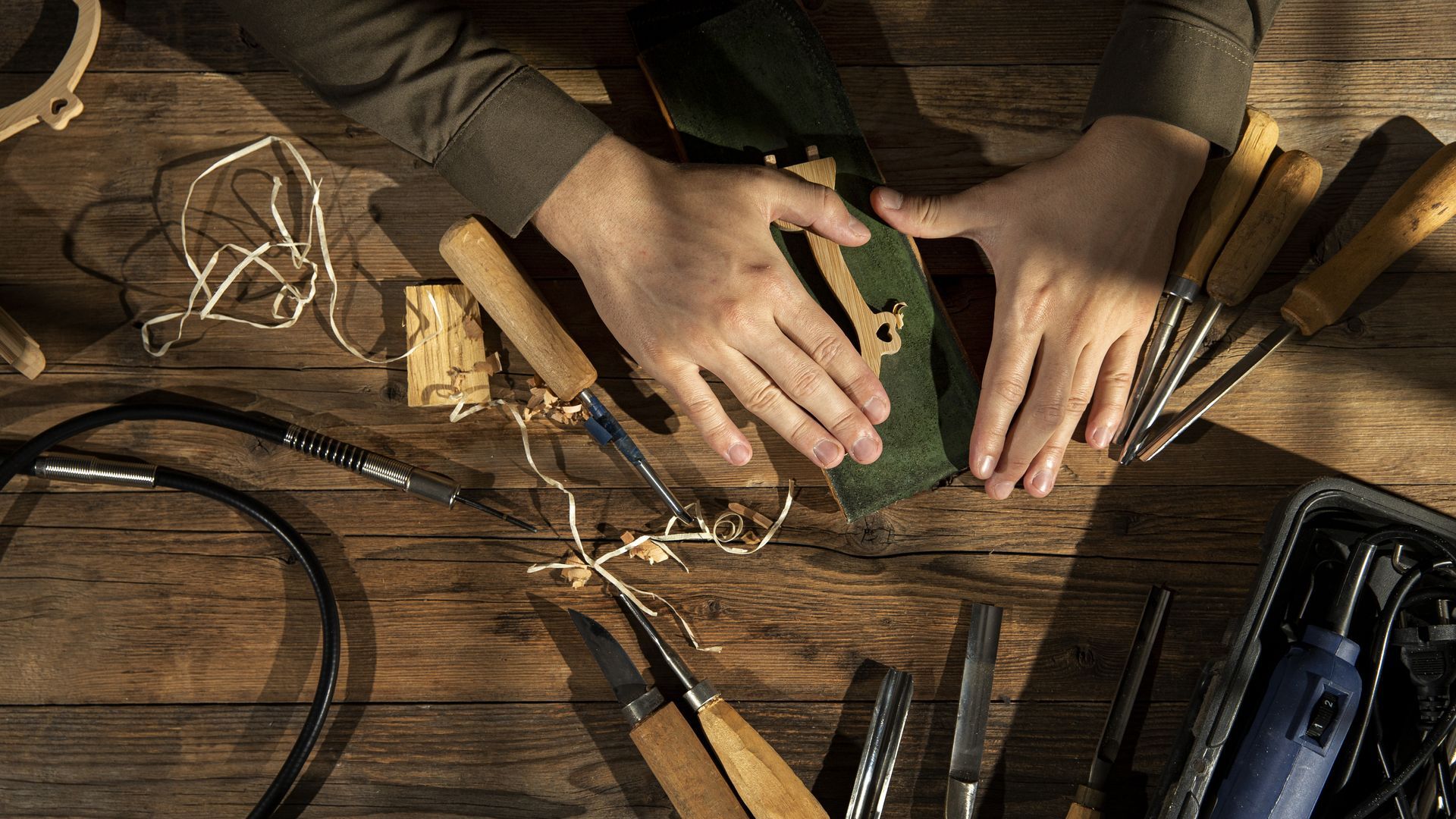
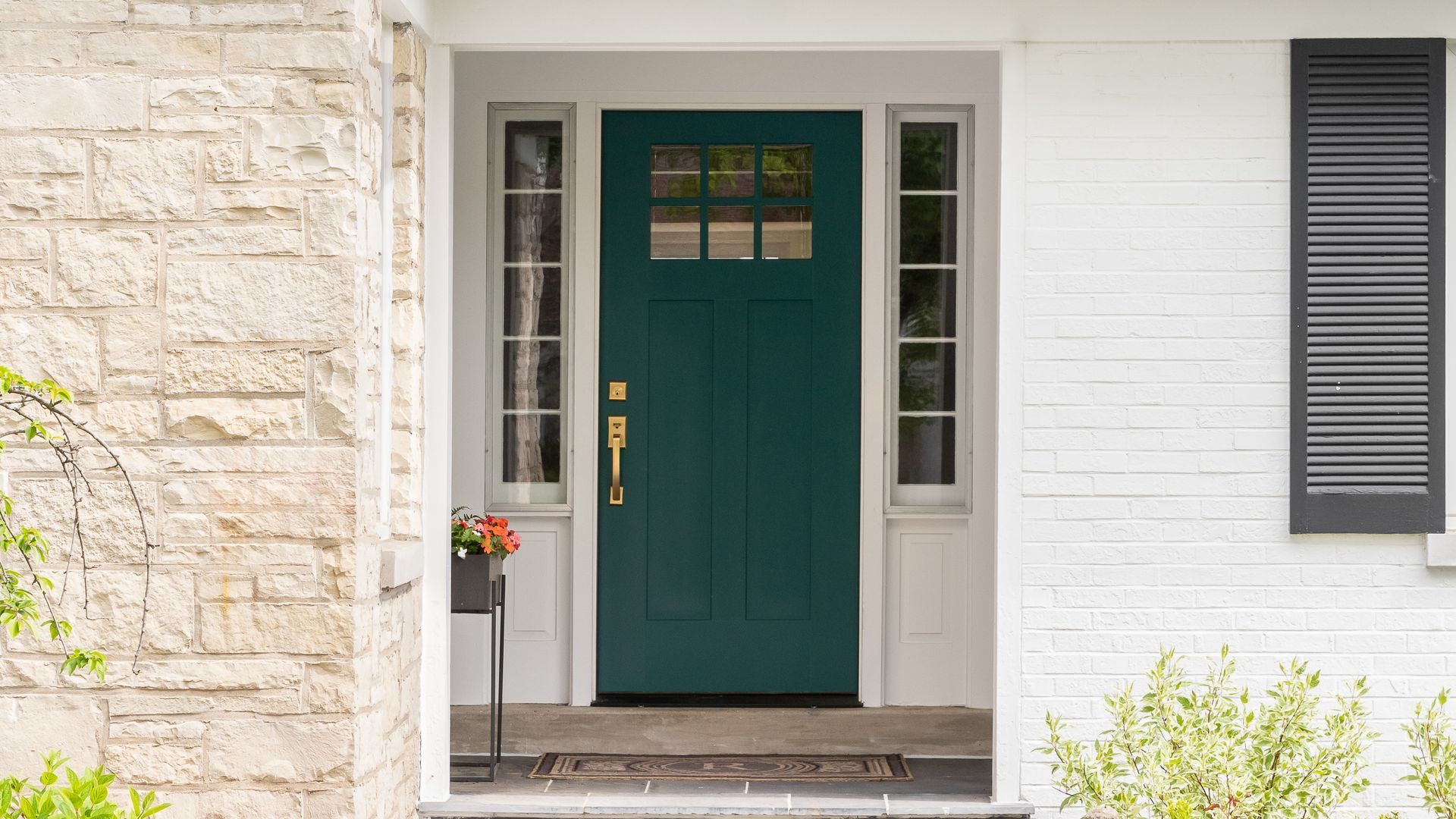
Share On: